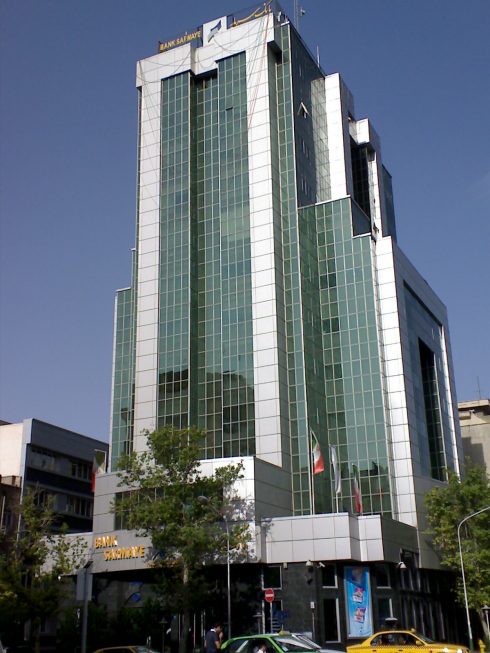SPAIN has recorded 13,318 COVID-19 cases on Thursday, the second-highest daily count since the end of June.
It was beaten only by September 18, when 14,389 cases were detected.
Health chiefs hoped that the country had reached the peak of the second wave as the daily figures lowered and stabilised in the weeks following. But today’s figures may suggest otherwise.
While there has been an uptick in cases (and tests performed), Fernando Simon, head of the country’s coronavirus task force, remained optimistic, saying in a press conference this evening that there are already ‘34 territories, provinces and islands in a stabilising or declining phase.’
However the figures reveal that the incidence rate on a national level has increased for the fifth day in a row, now standing at 269 cases per 100,000 inhabitants.
More alarmingly, the number of infected people who showed symptoms within the last seven days stood at 11,694, the highest it’s been since the Government began recording that statistic.
And of the more than 13,000 cases registered today, some 6,603 were from tests performed in the past 24 hours, the highest it has been since the end of nationwide lockdown on June 22.
Madrid still accounted for a fifth of the new cases but its incidence rate has now dropped to 450 cases per 100,000 inhabitants.
Unfortunately for the health ministry, several other regions are now a growing concern.
Navarra has an incidence rate of 811, Melilla 526, Aragon 434, La Rioja 430 and Castilla y Leon 418.
Andalucia has an incidence rate of 198.94, below the national average.
“You cannot lower your guard. In no territory do we have the impact that we would like to have,” said Simon tonight.
“Spain is stabilising but the territorial differences are important.”
He added that the Government sees an incidence rate of 50 cases per 100,000 inhabitants as its goal.
Click here to read more Spain News from The Olive Press.








